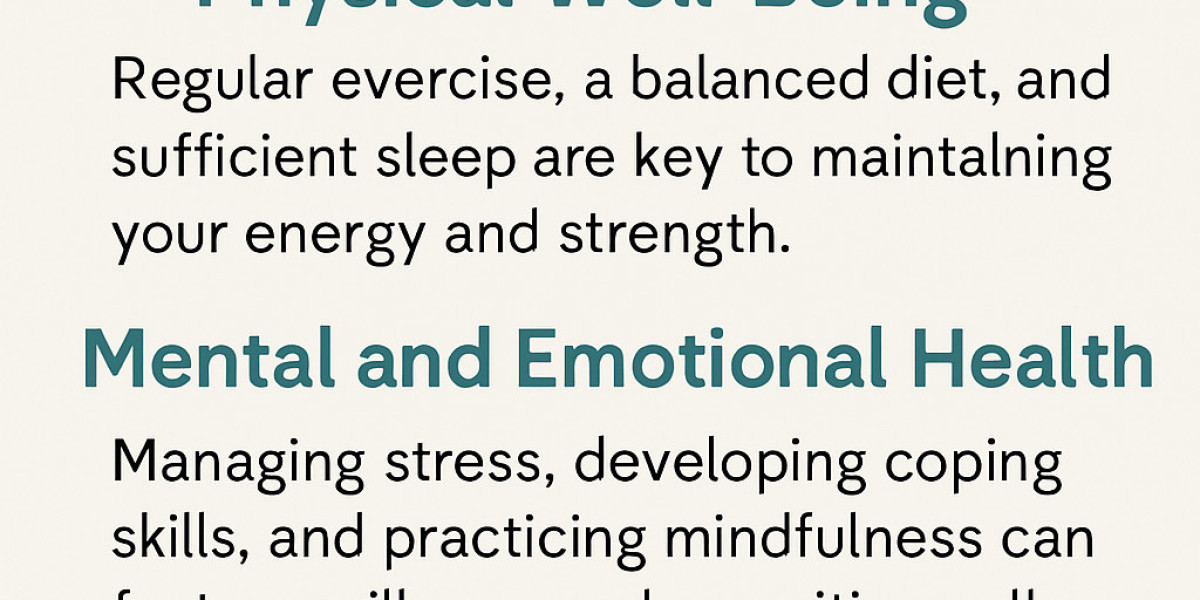Jaw pain is often dismissed as a minor nuisance, but for those suffering from chronic extreme jaw pain, it can be a debilitating condition that impacts every part of life from chewing and speaking to sleeping and working. This persistent pain may stem from underlying conditions like temporomandibular joint disorder (TMJ), bruxism (teeth grinding), arthritis, nerve disorders, or facial injuries. Chronic jaw pain is not just uncomfortable it is often a sign of more serious structural or neurological issues.
Understanding the causes, symptoms, diagnosis, and treatment options can lead to better pain management and improved quality of life. Let’s explore this condition more closely and examine how medications like Tapentadol 100 mg can play a role in relief.
Navigating the Challenges of Chronic Jaw Pain
Chronic extreme jaw pain can significantly disrupt daily life, making simple tasks like eating, speaking, or even smiling feel overwhelming. Whether caused by temporomandibular joint (TMJ) disorders, dental issues, or other underlying conditions, this persistent discomfort requires a comprehensive approach to diagnosis and management. This blog provides an in-depth look at the causes, symptoms, treatment options including the use of Tapentadol 100 mg and preventive strategies to help you regain control and improve your quality of life.
What Causes Chronic Jaw Pain?
Chronic jaw pain can stem from various sources, each requiring specific attention:
- Temporomandibular Joint Disorders (TMD): Dysfunction in the TMJ, which connects the jaw to the skull, often due to arthritis, injury, or misalignment.
- Bruxism: Chronic teeth grinding or clenching, especially during sleep, leading to jaw muscle strain.
- Dental Issues: Conditions like abscesses, severe tooth decay, or gum disease can radiate pain to the jaw.
- Trigeminal Neuralgia: A nerve disorder causing sharp, electric-shock-like pain in the jaw or face.
- Infections: Sinus infections or osteomyelitis (bone infection) can manifest as jaw pain.
- Trauma or Injury: Fractures or dislocations from accidents can cause ongoing discomfort.
- Stress-Related Muscle Tension: Chronic stress can lead to jaw clenching, exacerbating pain.
Identifying the root cause is essential for effective treatment, as each condition demands a tailored approach.
Symptoms to Watch For
Chronic jaw pain is often accompanied by other symptoms, including:
- Persistent or Sharp Pain: Pain in the jaw, face, or ear that worsens with movement.
- Difficulty Chewing or Speaking: Limited jaw mobility or discomfort during routine activities.
- Clicking or Popping Sounds: Noises when opening or closing the mouth, often linked to TMJ issues.
- Lockjaw: Inability to fully open or close the mouth.
- Headaches or Earaches: Pain radiating to nearby areas.
- Swelling or Tenderness: Inflammation in the jaw or surrounding muscles.
If these symptoms persist for more than a few weeks or interfere with daily life, consult a healthcare provider promptly.
The Dangers of Ignoring Chronic Jaw Pain
Untreated chronic jaw pain can lead to serious complications:
- Worsening TMJ Damage: Ongoing stress on the joint can cause irreversible cartilage loss.
- Chronic Pain Cycle: Persistent pain can increase stress and muscle tension, perpetuating discomfort.
- Dental Damage: Bruxism or misalignment can wear down teeth or cause fractures.
- Reduced Quality of Life: Difficulty eating or speaking can lead to nutritional deficiencies or social isolation.
- Mental Health Impact: Chronic pain is linked to anxiety, depression, and sleep disturbances.
Early intervention is key to preventing these outcomes and restoring function.
Diagnosis: Getting to the Root of the Pain
A healthcare provider, often a dentist, oral surgeon, or neurologist, will use the following to diagnose chronic jaw pain:
- Medical History Review: Assessing symptoms, lifestyle, and past injuries.
- Physical Exam: Checking jaw movement, muscle tenderness, and bite alignment.
- Imaging Tests: X-rays, CT scans, or MRIs to evaluate the TMJ or surrounding structures.
- Dental Evaluation: Identifying tooth or gum issues contributing to pain.
- Nerve Studies: For suspected trigeminal neuralgia or nerve-related pain.
Accurate diagnosis guides the treatment plan, ensuring targeted relief.
Preventive Strategies for Long-Term Relief
Preventing chronic jaw pain involves proactive steps:
- Manage Stress: Practice relaxation techniques like yoga or deep breathing to reduce jaw clenching.
- Use a Nightguard: If you grind your teeth at night, a custom-fitted mouthguard can protect your jaw.
- Maintain Good Posture: Proper head and neck alignment can reduce TMJ strain.
- Avoid Hard Foods: Limit chewing gum, tough meats, or hard candies that stress the jaw.
- Regular Dental Checkups: Early detection of dental issues can prevent pain escalation.
- Stay Hydrated and Eat a Balanced Diet: Supports overall muscle and joint health.
Treatment and Prescription Options
Managing chronic jaw pain often involves a combination of therapies, with medications like Tapentadol 100 mg playing a role in severe cases:
Medications:
- Tapentadol 100 mg: A prescription opioid analgesic used for moderate to severe chronic pain when other treatments fail. It works by altering pain perception in the brain and spinal cord. Dosage: Typically one 100 mg tablet every 4–6 hours, as prescribed, not exceeding 600 mg daily. Caution: Risk of dependence, drowsiness, or respiratory depression; use only under medical supervision.
- Nonsteroidal Anti-Inflammatory Drugs (NSAIDs): Ibuprofen or naproxen to reduce inflammation and mild pain.
- Muscle Relaxants: For muscle spasms related to bruxism or tension.
- Antidepressants or Anticonvulsants: For nerve-related pain like trigeminal neuralgia.
Non-Pharmacological Treatments:
- Physical Therapy: Exercises to strengthen jaw muscles and improve mobility.
- Mouthguards or Splints: To prevent bruxism and align the jaw.
- Dental Procedures: Addressing tooth decay, abscesses, or bite issues.
- Botox Injections: To relax overactive jaw muscles in severe cases.
- Stress Management: Techniques like mindfulness or cognitive behavioral therapy to reduce clenching.
Surgical Options: In rare cases, arthroscopy or joint replacement may be needed for severe TMJ damage.
Important: Tapentadol 100 mg should only be used as prescribed by a healthcare provider due to its potency and potential side effects. Never self-medicate or adjust doses without medical guidance.
FAQs
Q: How does Tapentadol 100 mg help with jaw pain?
A: Tapentadol 100 mg is a potent pain reliever that targets severe chronic pain by altering how the brain perceives pain signals. It’s typically reserved for cases where other treatments are ineffective.
Q: Can chronic jaw pain go away on its own?
A: Mild jaw pain may resolve with rest or lifestyle changes, but chronic pain often requires professional treatment to address underlying causes.
Q: Is Tapentadol safe for long-term use?
A: Tapentadol carries risks of dependence and side effects like drowsiness or nausea. Long-term use should be closely monitored by a doctor.
Q: Can stress alone cause chronic jaw pain?
A: Yes, chronic stress can lead to jaw clenching or bruxism, contributing to persistent pain. Stress management is a key part of treatment.
Q: When should I see a doctor for jaw pain?
A: Seek medical attention if pain lasts more than a few weeks, worsens, or is accompanied by lockjaw, swelling, or difficulty eating.








